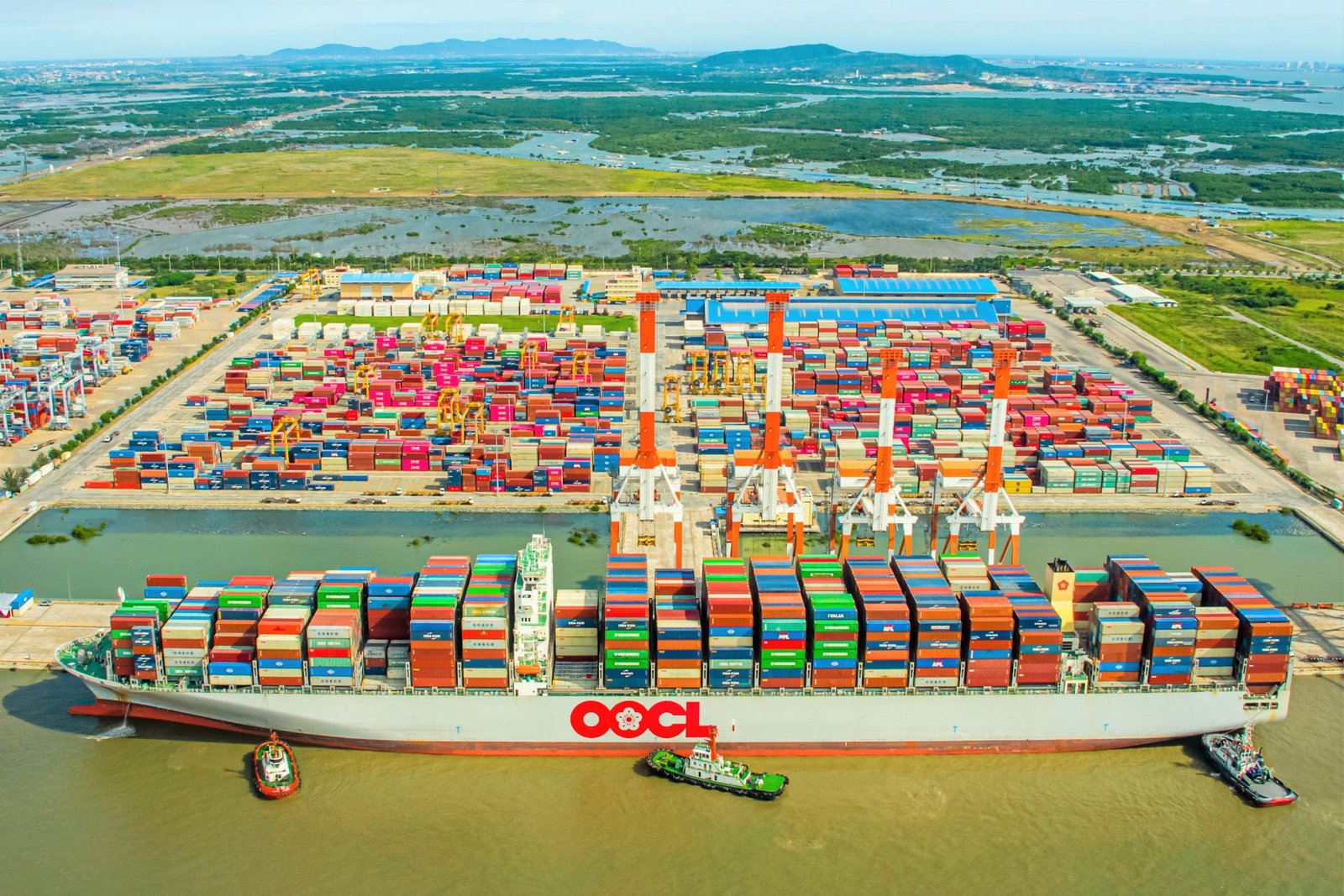HIGHLIGHTS
- From 2014 to now, the growth rate of the Cai Mep wharf area has always reached double digits, continuously welcoming large tonnage ships into the cargo handling area.
- VIMC estimates that if two adjacent ports are linked, they can exploit the third berth in the middle and increase the capacity of the two ports by 50% by about 1.2 million TEU/year.
- The operation of the open port relies on an information technology system that connects to existing ports and customs data to ensure accurate cargo control.
FULL ARTICLE
Ports in the Cai Mep-Thi Vai area have a lot of potential
According to the seaport system planning approved by the Prime Minister, the ports in Cai Mep – Thi Vai area are classified as special ports in Vietnam’s seaport system.
From 2014 until now, the Cai Mep wharf area has always had a double-digit growth rate and continuously welcomed large tonnage ships into the cargo handling area. Furthermore, ports are dispersed and most of them have restricted berth length (average 600m berth/port), even though the size of ships docking in the Cai Mep area is expanding, with ship lengths reaching 400m. Each port can only receive one mother ship at a time.

Currently, each port at Cai Mep is a border gate, leading to transfer goods from one port to another, customers and shipping lines are still hesitant in deciding to increase transhipment output in the Cai Mep area.
The “open port” mechanism helps to maximize the port’s capacity
The “open port” mechanism will optimize the exploitation capacity and make the most of the port’s berths, solve berth limitations, and reduce logistics costs for goods imported and exported through the region.
VIMC also estimates that if two adjacent ports link (such as CMIT and TCTT with similar wharf conditions), it is possible to exploit the third berth in the middle and increase the capacity of the two ports by 50% per year (about 1.2 million TEUs). If the connection solution between CMIT and TCTT ports is successfully implemented, CMIT’s revenue alone will increase by about 20 million USD per year.

Goods are connected smoothly between ports, means of transport also have a high turnover rate. It is expected that when the “open port” solution is implemented, the cost of barge transportation will be reduced by 10-15%, saving about 15 million USD per year.
The operation of the open port relies on an information technology system that connects to existing ports and customs data to ensure accurate cargo control. Goods transported in open ports do not have to open forwarding declarations and seal seals again.
The open port mechanism does not change the method of managing goods at each port or customs branch. Customs sub-departments only supplement the management of goods movement in the open port through the information technology system and specific means of transport of the operator.
Van Anh
Import and export of goods through Vietnam’s seaports reached nearly 600 million tons













